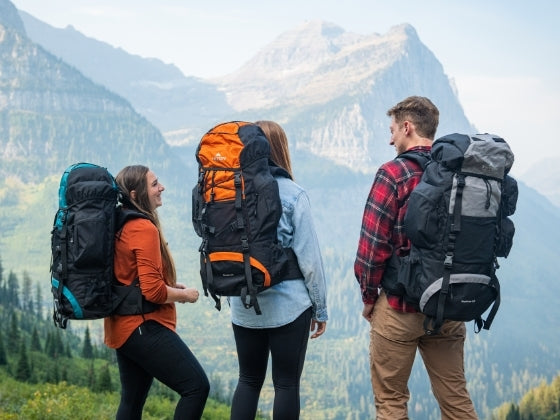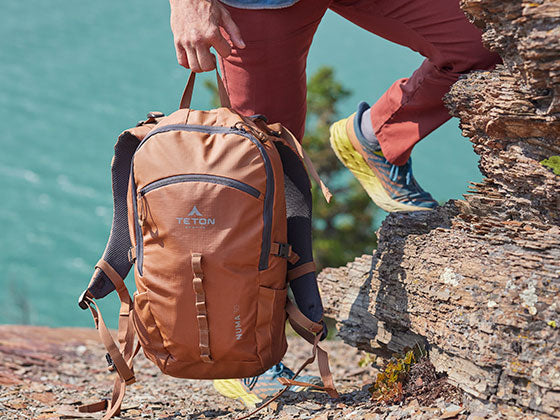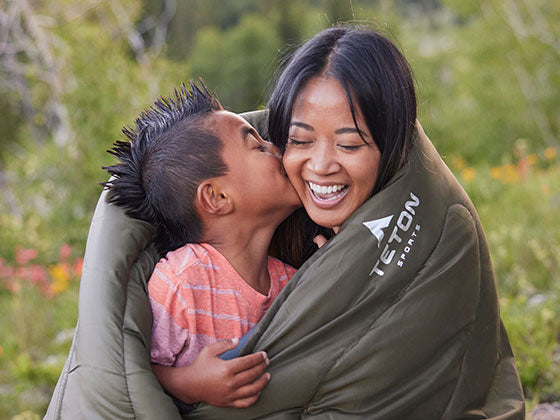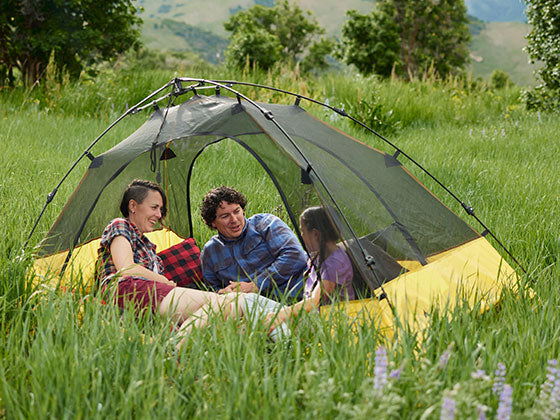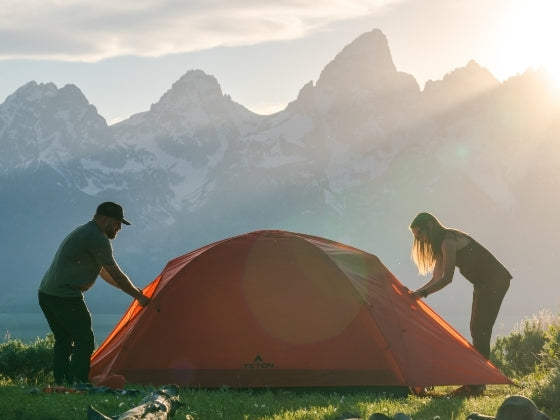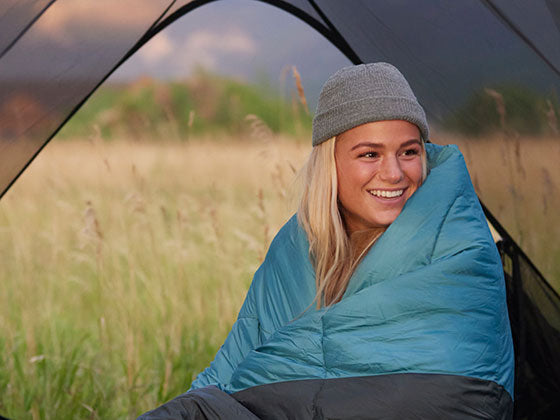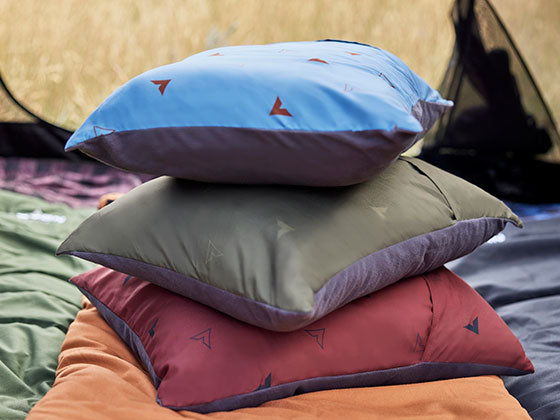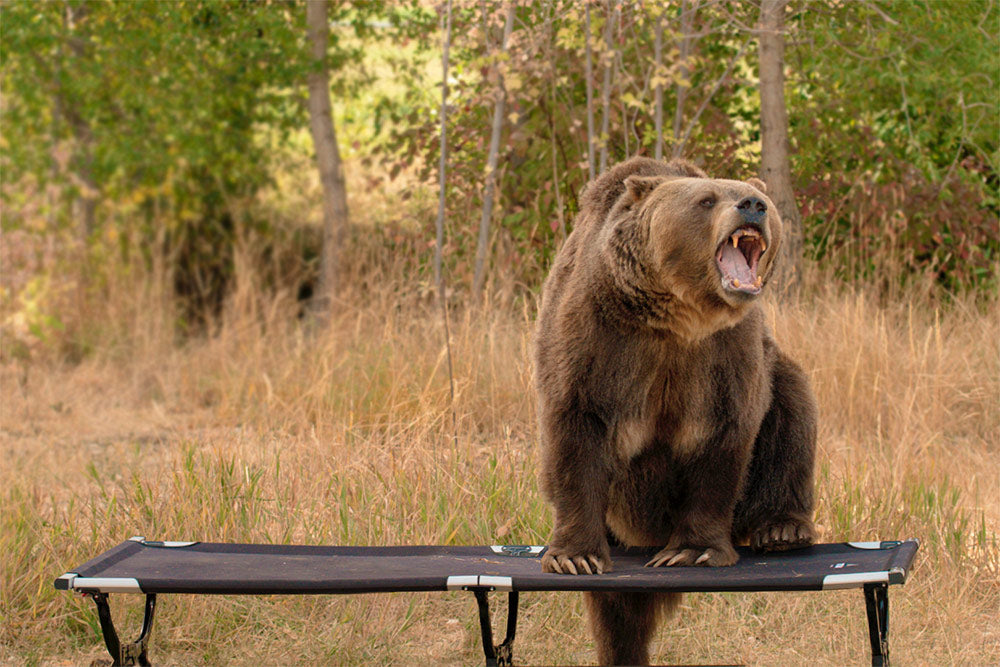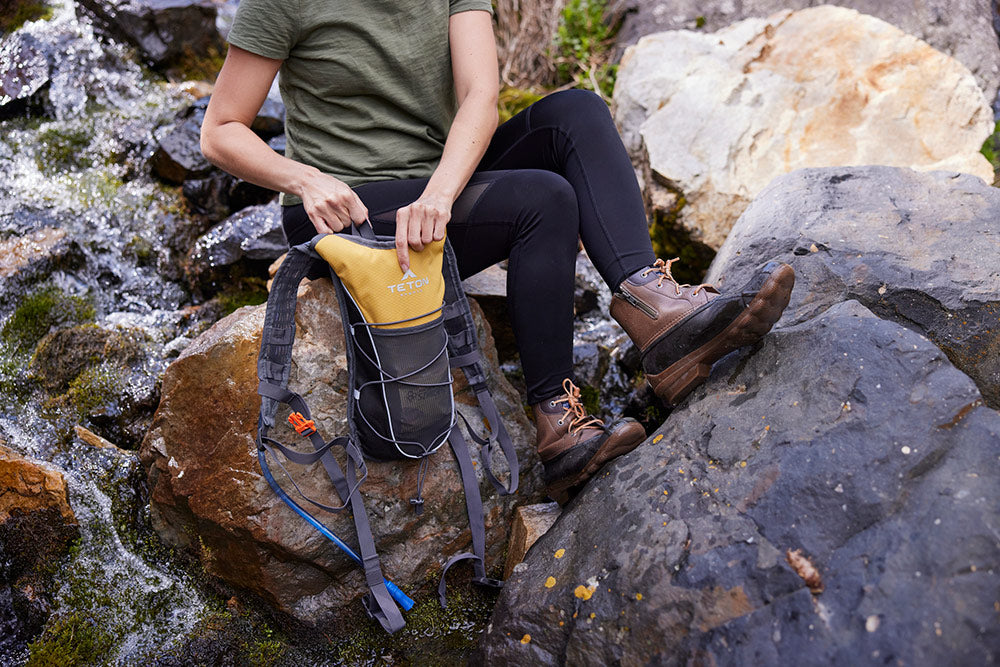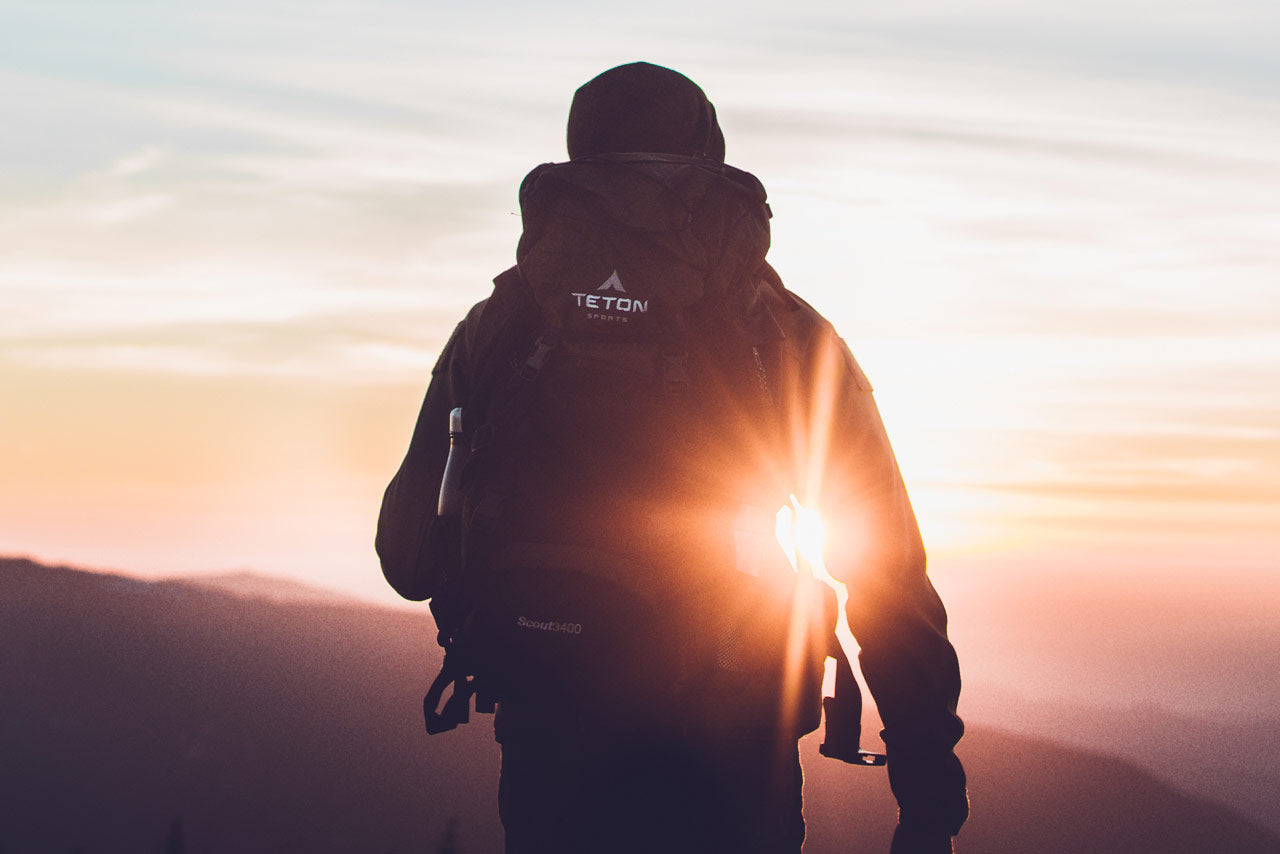by Pamela Sapio
I love hiking. And since you're reading this blog, it's probably safe to assume you love hiking, too. But the thing to remember about spending time on the trail is that other hikers (of the human variety) are not the only creatures you may run into. After all, the Great Outdoors is a pretty big place, and it's chock full of wildlife that can be both awe-inspiring and fear-inducing.
Take bears, for instance. Sure, those little cubs are cute, but when they get to be grown-up size, spotting one on the trail can be downright terrifying. So do yourself a favor and brush up on some basic bear knowledge before you embark on your next backpacking trip. It may just save your life. (LOL jk… but not.)
First things first: Bear identification
Assuming you are hiking somewhere in North America, and assuming it's not hibernation season (typically late fall to early spring), there is always a chance you may see a bear. Black bears are the most common, inhabiting roughly 40 of the 50 states, while brown bears (including grizzly bears) are typically found in Alaska, Idaho, Montana, Washington, and Wyoming.
Because Mother Nature is enigmatic and not all black bears are black (in fact they can be varying shades of black, brown, and even blonde), your best bet for identification is the shape of the bear. The biggest difference is that brown bears have discernible shoulder hump, while black bears do not. Brown bears also have short, rounded ears (think stuffed teddy bears) and a "dished" (concave) profile. In contrast, black bears have tall, pointed ears and a straight, flat face.
What to do if you spot a bear
While I may see the occasional bear hiking in my current home state of Georgia, writing this reminds me of my days living in Telluride, Colorado. There, spotting black bears on the trail (and occasionally by your neighbors' trash can) was a much more common occurrence, so knowing what to do if you saw one was imperative.
Pro tip: Regardless of how much you might want to snap a pic for the 'gram, you should never approach a wild bear (or any wild animal).
If you see a bear while you're on the trail and it hasn't yet noticed you, back away slowly and take another route. No scenic view, summit, or destination is worth a potential bear attack, so just don't risk it. If the bear has spotted you, keep your eyes on it as you retreat and have your bear spray ready just in case. And never, ever get between a mama bear and her cubs.
If that doesn't work, and a bear sees and approaches you, how you react to each type of bear is crucial. And here I'll leave it to the experienced folks at the National Park Service, who offer the following advice:

Simple tips to stay safe in bear country
The key to cohabitating with Mother Nature is a healthy dose of respect, so if you're planning on backpacking through bear country anytime soon, just follow these simple tips to minimize the chance of getting up close and personal with our ursine friends.
- Try to avoid hiking around dawn and dusk. Bears tend to be more active during these times, foraging and hunting for food. If you need to hit the trail early to get to your destination, or if you lingered a little later than you planned to, just be super aware of your surroundings.
- Hike in a group. While I prefer solo hiking, there is something to be said for bringing along a buddy (or three) when you're trekking through bear country. Larger groups hiking closely together are less likely to be approached by bears.
- Make noise as you hike. I know, I know—you come to nature for the peace and quiet. Same. But if you're worried about bears, do yourself a favor and talk loudly as you hike, maybe sing a rousing sea shanty or two to give the local wildlife a heads up. You can also clap your hands and tap your trekking poles together. (Note: Avoid whistling or screaming, as these may actually attract bears to you.)
- Always carry bear spray. Just be smart about how you carry it and how you use it, because bear spray is made using a component found in chili peppers that you definitely don't want in your eyes or lungs (especially if you're trying to run from an attacking bear).
- Keep your four-legged companion on a leash. And keep them close to you at all times. This is the law on most trails that allow dogs (and common etiquette on the rest), but it can also be a literal lifesaver for your pet.

Staying overnight? Be smart about food storage.
Camping in bear country is probably a topic for a whole different blog, but the biggest thing to remember is to always store your food properly and never leave anything out that might attract unwanted guests. When cooking and cleaning your dishes, try to do it as far from your tent as possible to avoid lingering odors, and store the cleaned cookware and utensils in a tightly sealed container. And of course, always follow Leave No Trace principles for waste disposal.
Happy (bear-safe) trekking!

